My Favorite Time of the Beer (Fall Beers)
/Fall Beer (Originally published in The Beach Reporter)
There is a change in the air, leaves are falling, the temperature is dropping and the beer aisle of your favorite bottle shop is showing off its fall colors.
Fall is one of my favorite times to drink beer, and fall beers, like the season itself, are darker, a bit more heavy and often have a higher ABV meant to ward off that fall chill that hits even Southern California. They also provide ample opportunity for brewers to show off their creativity, using fresh (sometimes called wet) hops, seasonal spices, barrel aging and yes even pumpkins, yams and other fall vegetables.
One of my favorite beers for the fall are the wet-hopped harvest beers. Normally beer is hopped with hops that have been dried and often pelletized, but beginning in 1996 with Sierra Nevada’s (Chino, Calif.) “Harvest Ale” (now called “Northern Hemisphere Harvest IPA”) American brewers began experimenting with fresh-from-the-vine hops. Working with growers, these brewers arrange for the expedited shipment of fresh hops and complete the brewing process within 24 hours of harvest. Like Sierra Nevada’s offering, most of these beers fall into the IPA/Pale Ale category, which perfectly highlights the earthy and, some say, herbal or vegetal quality of fresh hops.
To me, these beers offer a balance not found in many of today’s IPAs; the malty sweetness play a perfect counterpart to the more subtle less pungent hop flavors found in fresh-picked hops. Don’t get me wrong, the hops are ever present and quite delicious; they are just toned down. Many of these beers are also dry hopped, that is, fresh hops are added to the beer when it goes through its secondary fermentation. Dry hopping especially with fresh hops doesn’t add bitterness (you have to boil hops to create the bitter compounds), instead it adds wonderful hop flavor and aroma to the beer.
You can find “Northern Hemisphere Harvest IPA” and Deschutes’ (Bend, Ore.) “Chasin’ Freshies Fresh Hop IPA” in just about any well-stocked beer store; however the time and effort involved in fresh-hopped beer means supplies are limited, so call ahead. Locally Smog City (as of 10/19) still had their “Wet Hoptonic” pouring at the tasting room in Torrance, and if you can find a designated driver to cart you up the freeway, The Bruery (Placentia) is still pouring “Humulus Wet no.8,” their popular hoppy lager brewed with fresh hops.
These beers are best enjoyed now; the longer they sit in the keg or on the shelf the more their delicate aromas and flavors deteriorate. And since the hop harvest runs from late September to late October it’s time to get your hands on these beers now.
If fresh IPAs aren’t your thing, fall also brings out oktoberfest/marzens, porters, browns and stouts. These dark ales offer craft beer drinkers an amazing variety of dark and aromatic flavors. Many people shy away from dark beers believing them to be bitter, but I can assure you, most dark beers are relatively mild and often sweet and rich with chocolate, coffee and spice notes.
I’m a huge fan of these varieties during the fall, but my absolute favorite fall beers come from Henry Nguyen at Monkish Brewing in Torrance. Monkish specializes in Belgian style ales with a creative twist and Henry’s dubbels (rich amber to brown ales with lots of malty sweetness and very little hop bitterness) and tripels (not actually a dark beer, but a rich golden beer usually high in alcohol) are perfect for fall. My favorites are “Rosa’s Hips,” a Belgian dubbel flavored with rose hips, which offer a bit of floral tang to a rich and malty ale or “Shaolin Fist,” that same dubbel but flavored with sichuan peppercorns; here the malty sweetness gives way to a slow peppery finish perfect for a chill fall afternoon. But Monkish’s “Seme Della Vita” is my favorite fall warmer, a wonderful tripel flavored with pistachios and vanilla.
If you really want pumpkin in your beer, now is the time. Pumpkin beers are everywhere. To my palate most pumpkin beers are too sweet and overwhelmed with pumpkin pie spices, but there are a few brewers who have a deft hand with pumpkin and other fall vegetables. My favorites come from Dogfish Head (Maryland, but widely available in well-stocked stores) and The Bruery. There aren’t too many people who would call Dogfish Head beers subtle, but “Punkin Ale” is just that. Rather than hit you over the head with the pumpkin and spice, Punkin is a full-bodied brown ale with hints of spice, pumpkin and nice brown sugar finish. The Bruery’s “Autumn Maple” is a fall beer for people who really like fall flavors. Using yams instead of pumpkin and finished with molasses, maple syrup, all spice, nutmeg and vanilla, the recipe reads as a sweet mess, but Patrick Rue and his team ferment this beer with their house Belgian yeast strain, a yeast that does very well with sweet fermentables, creating an incredibly aromatic beer redolent of Thanksgiving. If you want pumpkin/sweet potato pie in glass done with a subtle hand, this is your beer.
Fall is only here for a few more months, soon the beer isles will be bedecked with Christmas and holiday beers, so while it lasts get out there and enjoy the fruits of the harvest.





